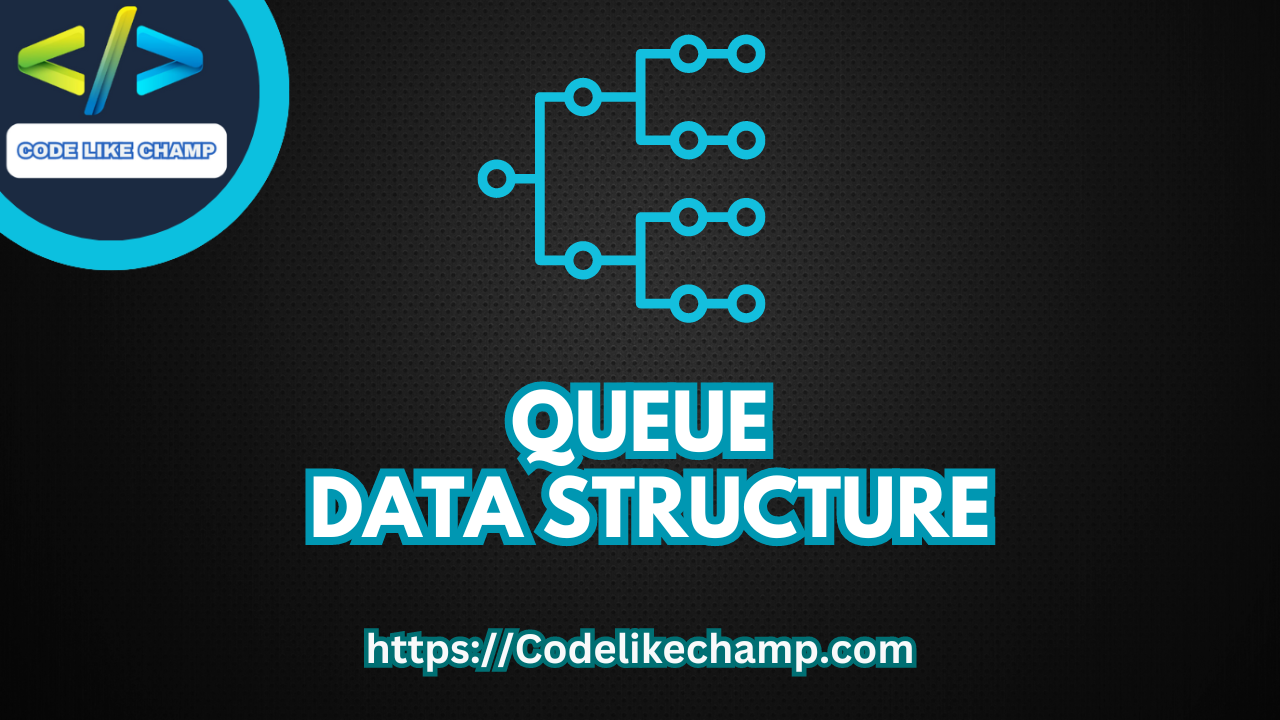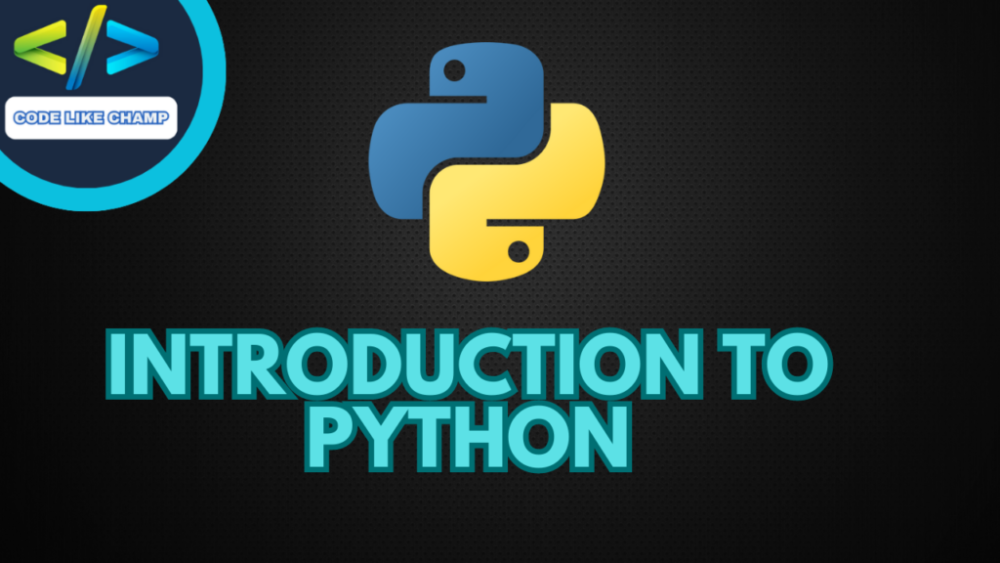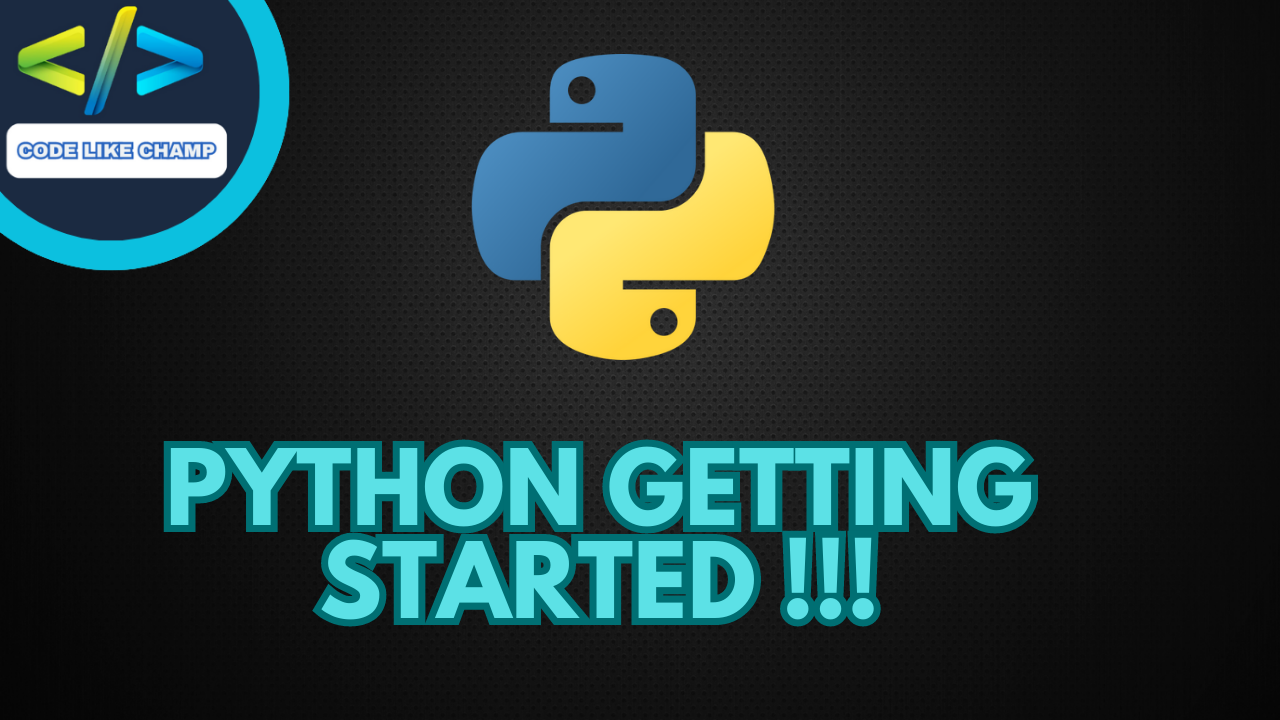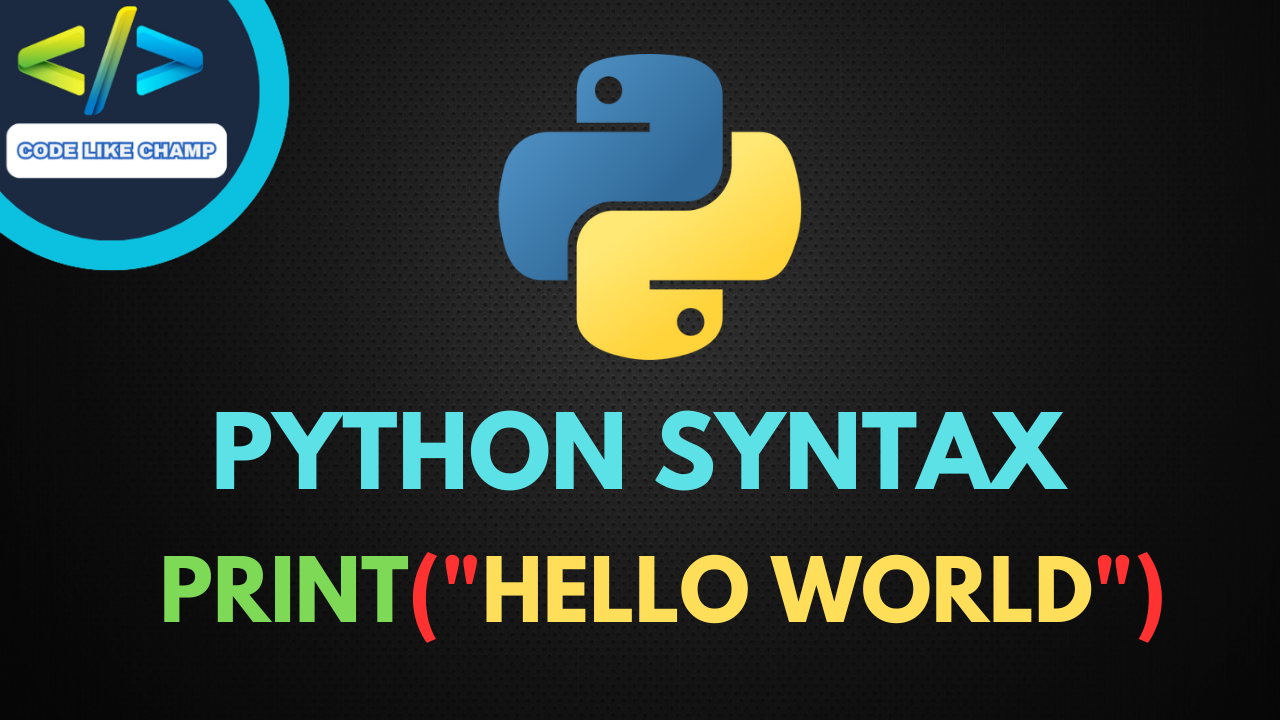Introduction to Queue data structure
In the realm of computer science and software engineering, understanding data structures is paramount for efficient algorithm design and problem-solving. Among the fundamental data structures, the queue stands as a vital tool with diverse applications. In this article, we delve into the intricacies of the queue data structure, exploring its definition, utility, characteristics, types, merits, and demerits.

What is Queue Data Structure
A queue is a linear data structure that follows the First In, First Out (FIFO) principle, where the first element added to the queue is the first one to be removed. It can be visualized as a line of people waiting for a service, where individuals join the end of the line (enqueue) and are served in the order they arrived (dequeue). Queues are widely used in various applications, including task scheduling, job management, and network packet handling.
Why We Use Queue Data Structure in Programming
Queues are employed in programming for several reasons:
- Task Scheduling: Queues facilitate task scheduling by organizing tasks based on their arrival time, ensuring fairness and order in task execution.
- Buffering and Synchronization: Queues are utilized as buffers for inter-process communication and synchronization, allowing processes to communicate efficiently.
- Breadth-First Search (BFS): Queues play a crucial role in BFS traversal of graphs, enabling level-by-level exploration of vertices.
- Printer Spooling: Queues are used in printer spooling systems to manage print jobs in the order they are received, preventing resource contention.
Characteristics of Queue Data Structure
- First In, First Out (FIFO): Elements in a queue are added and removed in the order they were enqueued, resembling a line or queue in real-life scenarios.
- Limited Access: Queues support limited access operations, primarily enqueue (addition) and dequeue (removal) operations from the front and rear ends.
- Queue Pointer: Queues typically maintain pointers or indices indicating the front and rear ends, facilitating efficient insertion and removal operations.
- Dynamic Size: Queues can dynamically grow or shrink based on the number of elements enqueued or dequeued, allowing for flexible memory allocation.

Types of Queue Data Structure
- Linear Queue: In a linear queue, elements are stored in a linear arrangement, and enqueue and dequeue operations are performed at opposite ends.
- Circular Queue: A circular queue extends the concept of a linear queue by allowing elements to wrap around when the rear end reaches the end of the queue, utilizing space efficiently.
- Priority Queue: A priority queue assigns a priority value to each element and dequeues elements based on their priority, with higher priority elements dequeued first.
- Double-ended Queue (Deque): A deque supports insertion and deletion operations at both ends, providing more flexibility than traditional queues.
Advantages of Queue data structure
- Order Preservation: Queues preserve the order of elements based on their arrival time, ensuring fairness and consistency in data processing.
- Efficient Task Management: Queues facilitate efficient task management by organizing tasks based on their priority or arrival time, enhancing system performance.
- Synchronization: Queues serve as synchronization primitives in multi-threaded or distributed systems, enabling safe communication and coordination between processes.
- Space Efficiency: Queues utilize memory efficiently by dynamically allocating space for elements as needed, minimizing memory wastage.
Dis-Advantages of Queue data structure
- Limited Access: Queues provide limited access operations, restricting direct access to elements other than the front and rear ends.
- Overhead of Pointers: Queues may incur overhead due to the maintenance of pointers or indices indicating the front and rear ends, potentially increasing memory usage.
- Queue Overflow and Underflow: Unbounded enqueue operations or excessive dequeue operations may lead to queue overflow or underflow errors, disrupting system operation.
- Complex Implementation: Implementing certain types of queues, such as priority queues or circular queues, may require more complex data structures and algorithms, increasing implementation complexity.
Code Examples of Queues data structure
Below are code examples demonstrating queue usage in various programming languages:
Queues data structure C#
using System;
using System.Collections.Generic;
class Program {
static void Main(string[] args) {
Queue<int> queue = new Queue<int>();
queue.Enqueue(1);
queue.Enqueue(2);
queue.Enqueue(3);
while (queue.Count > 0) {
Console.Write(queue.Dequeue() + " ");
}
}
}
Output
1 2 3
Queues data structure C
#include <stdio.h>
#include <stdlib.h>
typedef struct Node {
int data;
struct Node* next;
} Node;
typedef struct {
Node* front;
Node* rear;
} Queue;
Queue* createQueue() {
Queue* queue = (Queue*)malloc(sizeof(Queue));
queue->front = NULL;
queue->rear = NULL;
return queue;
}
void enqueue(Queue* queue, int data) {
Node* newNode = (Node*)malloc(sizeof(Node));
newNode->data = data;
newNode->next = NULL;
if (queue->rear == NULL) {
queue->front = newNode;
queue->rear = newNode;
} else {
queue->rear->next = newNode;
queue->rear = newNode;
}
}
int dequeue(Queue* queue) {
if (queue->front == NULL) {
printf("Queue is empty\n");
exit(1);
}
Node* temp = queue->front;
int data = temp->data;
queue->front = queue->front->next;
if (queue->front == NULL) {
queue->rear = NULL;
}
free(temp);
return data;
}
int main() {
Queue* queue = createQueue();
enqueue(queue, 1);
enqueue(queue, 2);
enqueue(queue, 3);
while (queue->front != NULL) {
printf("%d ", dequeue(queue));
}
return 0;
}
Output
1 2 3
Queues data structure C++
#include <iostream>
#include <queue>
int main() {
std::queue<int> queue;
queue.push(1);
queue.push(2);
queue.push(3);
while (!queue.empty()) {
std::cout << queue.front() << " ";
queue.pop();
}
return 0;
}
Output
1 2 3
Queues data structure Python
from queue import Queue
queue = Queue()
queue.put(1)
queue.put(2)
queue.put(3)
while not queue.empty():
print(queue.get(), end=" ")
Output
1 2 3
Queues data structure PHP
<?php
$queue = new SplQueue();
$queue->enqueue(1);
$queue->enqueue(2);
$queue->enqueue(3);
while (!$queue->isEmpty()) {
echo $queue->dequeue() . " ";
}
?>
Output
1 2 3
Queues data structure JAVA
import java.util.LinkedList;
import java.util.Queue;
public class Main {
public static void main(String[] args) {
Queue<Integer> queue = new LinkedList<>();
queue.add(1);
queue.add(2);
queue.add(3);
while (!queue.isEmpty()) {
System.out.print(queue.remove() + " ");
}
}
}
Output
1 2 3
Queues data structure JavaScript
let queue = [];
queue.push(1);
queue.push(2);
queue.push(3);
while (queue.length > 0) {
console.log(queue.shift());
}
Output
1 2 3
Conclusion
In conclusion, the queue data structure serves as a crucial tool in the arsenal of data structures, offering efficient storage, management, and processing of elements adhering to the First In, First Out (FIFO) principle. Despite its limitations, such as limited access and potential overflow/underflow issues, queues find widespread applications in diverse domains, including task scheduling, job management, and algorithmic problem-solving. By mastering the concepts and applications of queues, programmers can enhance their problem-solving skills and develop robust, efficient algorithms, contributing to the advancement of technology and innovation in the digital age.
For more visit my website Codelikechamp.com




